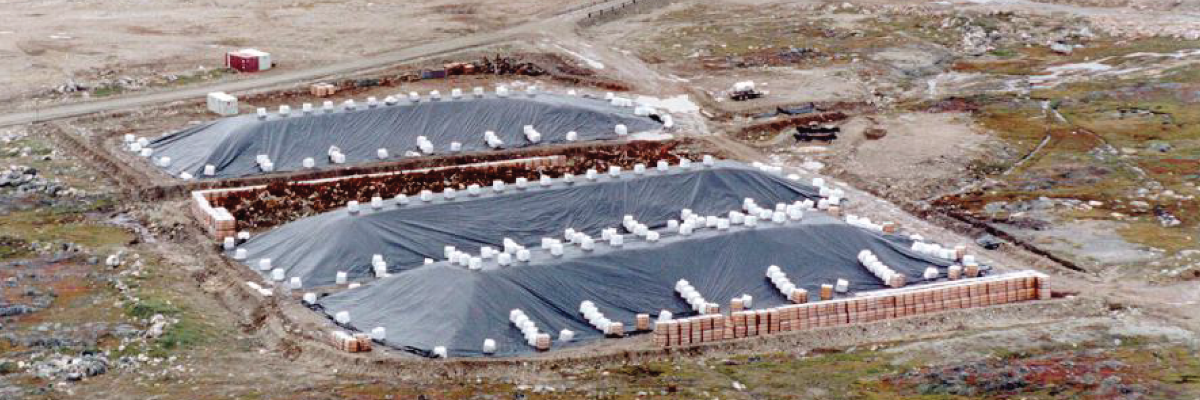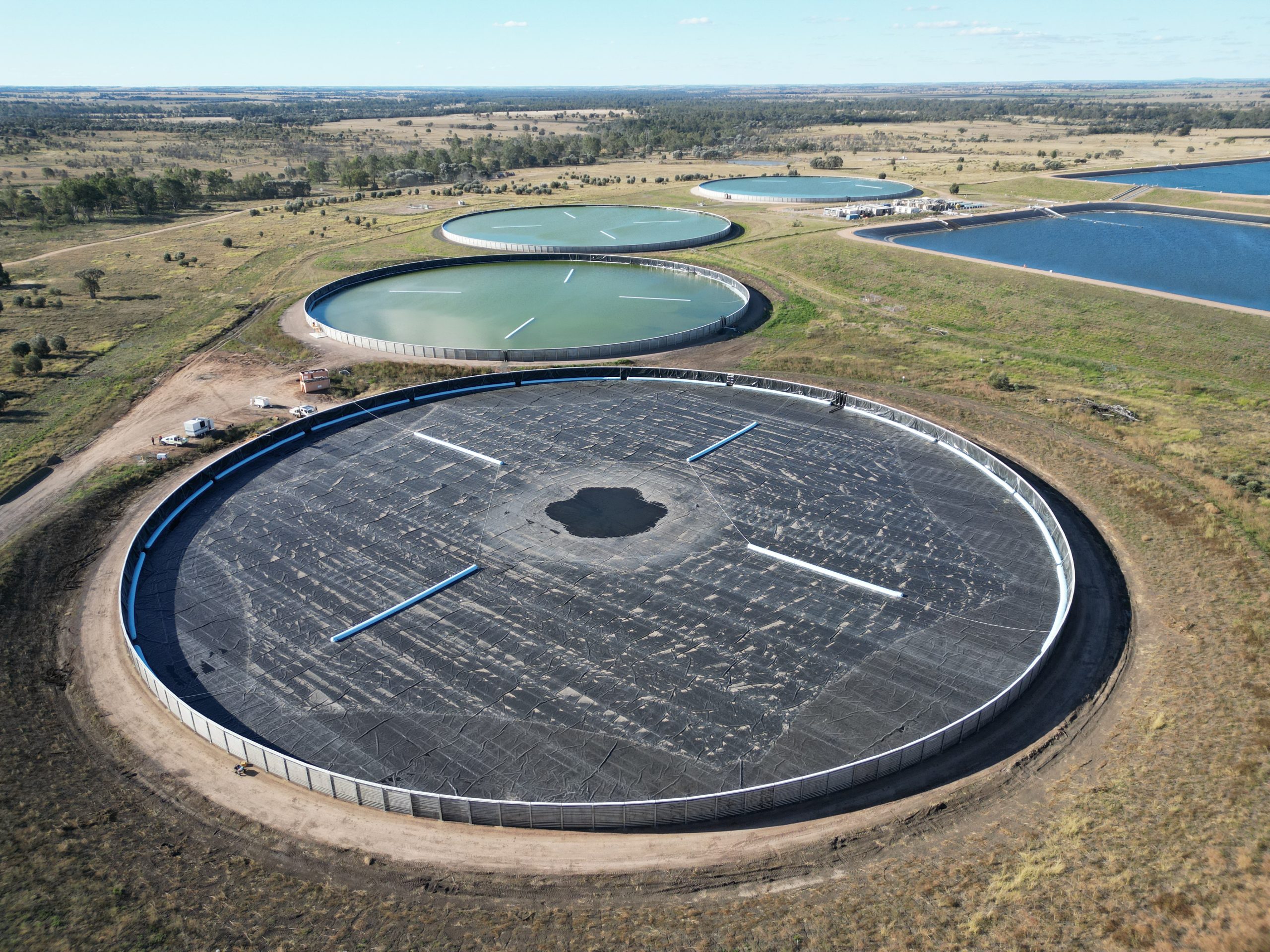Written By Alex Gersch, Business Development Manager
Layfield Geosynthetics | December 2024
background
Geovolt® is a uniquely manufactured conductive geotextile composite, combining a thin conductive film with a needle-punched nonwoven geotextile. The nonwoven geotextile laminate provides cushioning, separation, filtration, and fluid transmission properties while also providing the capability to perform electrical leak location testing. Fluid (gasses and liquids) transmission properties are created by the interspatial voids between the individual filaments of the nonwoven geotextile. Transmission of liquids is measured as Permittivity (Flow) to ASTM D4491 (flow perpendicular to the plane of geotextile) and Transmissivity to ASTM D4716 (transmission of liquid flow rate parallel [in plane] with the geotextile). Various texts and technical papers have previously been published on permittivity and transmissivity of different types and weights of geotextiles. Permittivity properties are dependent on the type of geotextile (woven/nonwoven/calendared), weight of the geotextile, pore size, and hydraulic gradient. Transmissivity properties are dependent on the type of geotextile, weight of the geotextile, pore size, hydraulic gradient, plus the normal stress applied to the geotextile.
method
In-house tests have been completed to compare the transmissivity behavior of Layfield’s Geovolt® 8oz conductive geotextile composite versus other conventional nonwoven needle punched geotextiles. The transmissivity of a 270gsm (8oz) Geovolt® material was tested progressively, increasing normal stresses to simulate the confining pressure associated with increasing head pressure in a double geomembrane lined system with a Geovolt® 8oz separation layer between the two geomembrane liners. Transmissivity was also tested at increasing hydraulic gradients at a normal stress of 50kPa to simulate the transmissivity at the base of a wall with a 1:1 batter slope (45⁰) and on sloping floor sections with gradients of 1:10 (6⁰) and 1:100 (0.5⁰). These results were then compared to previously published results for conventional nonwoven geotextiles from a literature search (see Figure 3).
results
With increasing normal stress, Geovolt® 8oz exhibited a rapid decline in transmissivity. Beyond 30kPa, transmissivity was observed to change very little, indicating the geotextile component was fully compressed. This illustrates that transmissivity will reduce rapidly at first, then from 3m of effective water head pressure transmissivity will change very little. With a normal stress of 50kPa, Geovolt® 8oz did not exhibit an increase in transmissivity with increasing hydraulic gradient. Transmissivity effectively remained flat, indicating that slope had little to no impact on the transmissivity.
Conclusions
When compared to previous research, the test results of Geovolt® 8oz exhibit similar transmissivity properties to other similar weight nonwoven needle punched geotextiles. Geovolt® 8oz exhibits a rapid decline in transmissivity with increasing normal stress, with transmissivity flat at 50kPa, mirroring results obtained by others with other geotextiles. It was further observed that Geovolt® 8oz exhibited no increase in transmissivity with increasing hydraulic gradient, again mirroring results obtained by others with other geotextiles.
References
ASTM D 4491. Standard Test Method for Water Permeability of Geotextiles by Permittivity, ASTM International, West Conshohocken, Pennsylvania, USA.
ASTM D 4716. Standard Test Method for Determining the (In-plane) Flow Rate per Unit Width and Hydraulic Transmissivity of a Geosynthetic Using a Constant Head, ASTM International, West Conshohocken, Pennsylvania, USA.
Hara, K. et al, (2008). Evaluating in-plane hydraulic conductivity of non-woven geotextile and plastic drain by laboratory test, New Horizons in Earth Reinforcement, London, UK. 276.
Koerner, R.M. (1998). Designing with Geosynthetics, Prentice Hall, Upper Saddle River, NJ, USA. 119-125.
Raisinghani, D.V., Khan, S. & Viswanadham, B.V.S: (2010). Evaluation of transmissivity characteristics of some geosynthetics under normal stress, 9th International Conference on Geosynthetics, Brazil. 1186.
Pak, A., Zahmatkesh, Z., (2010) Experimental study of geotextile’s drainage and filteration propertis under different hydraulic gradients and confining pressures, International Journal of Civil Engineering, Springer, Tehran, Iran. 99.
Related Articles
View All News












